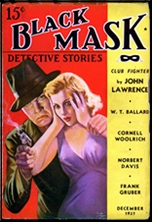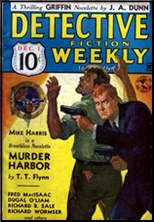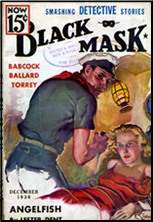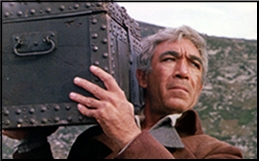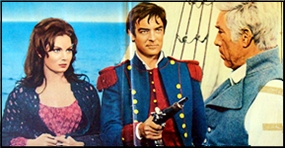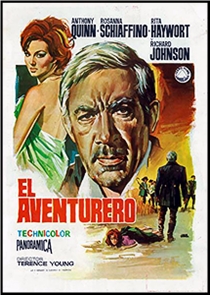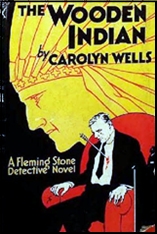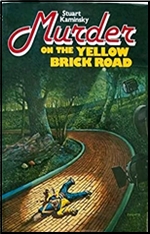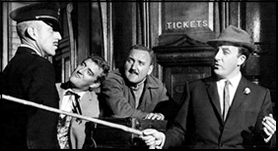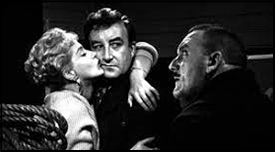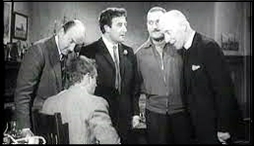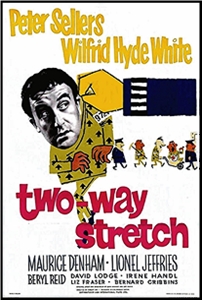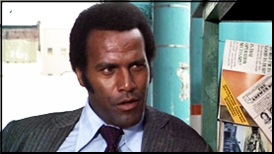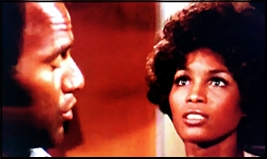REVIEWED BY DAVID VINEYARD:
WINSTON GRAHAM – Tremor. Macmillan, UK, hardcover, 1995. St. Martin’s, US, hardcover, 1996.
In 1960 Agadir, in Morocco, was almost leveled, with some twelve thousand killed, of whom two thousand were Europeans. Many of these were French residents, but many also were British, Americans, Swiss, and Germans, holidaymakers who had come to escape the winter and enjoy the new hotels, the fine bathing beaches, the new hotels.
One of those hotels is the Hotel Saada where on the 29th of February, the third day of Ramadan, twenty seconds of terror change everything for a disparate group of tourists: Matthew Morris fleeing a failed marriage and failing career; Nadine Deschamps, a beautiful young actress seeking solitude among people well aware of her fame; Jack Frazier, on the run from the police and the partners he betrayed and the suitcase he never lets out of his sight for long; an American lawyer, and three French prostitutes who have saved up enough money to escape their profession and have a little fun on their own terms.

Graham is less interested in the event itself than how these individuals are changed by their brush with death, the twisted paths that brief twenty seconds of terror leads them down, a chance for some for rebirth and for others for destruction. He certainly writes of the terrors following the earthquake, but it is how they change the people involved and not the terrors themselves that interest Graham.
While this book has no tie to Dashiell Hammett’s The Maltese Falcon, if you are familiar with the Flitcraft Story from that novel and its thematic role there, you have a partial idea where Graham is going.
Though Graham’s reputation was built on such suspense classics as Take My Life, Night without Stars, Fortune Is a Woman, The Walking Stick, and of course Marnie, the basis for the Alfred Hitchcock film of the same name, he was always as much novelist as suspense writer, interested in more than just crime and what leads to it. Notably each of those titles above was the basis for a major film by people like Alfred Htichcock, Sidney Gilliatt, and Ronald Neame.
Marnie was also adapted as an opera.
In addition to his suspense novels and thrillers in the Graham Greene mode, he achieved even greater fame and success with his historical novels, beginning with Grove of Eagles, and then the popular Cornish series following the exploits of Ross Poldark and his family. The eleven books in what became the Poldark Saga achieved even greater success than the Alfred Hitchcock movie both here (and in twenty-two countries) on Masterpiece Theater, so much so that the entire saga was remade and filmed a second time.
Today the popularity of the Poldark Saga has surpassed his suspense novels with only Marnie available in e-book form, while all of the Poldark series is available and pretty much been in print since the first series.
The qualities of a Graham novel well beyond the build up of suspense are the well drawn characters, the character driven plots, the often real human emotions of his characters trapped not only by events but by their own flaws (as often as not small and insignificant until a crisis), and his refusal to deal in easy and simple happy endings.
Life in a Graham novel is messy, and neither love nor truth is quite enough to overcome the guilt and disappointments that lead people into dangerous moments. The mere resolution of the plot is seldom enough to satisfy Graham‘s people. There are loose ends, real world pain to be dealt with, guilt that must be lived with, and hard truths that are to bitter to bear.
A man with night blindness is hunted through the dark by spies, a woman must save her husband from the gallows by proving he didn’t murder his mistress, a sheltered young woman with a lame leg is drawn into a criminal plot, a con woman and thief must confront her past to escape prison, an insurance investigator contemplates allowing a beautiful murderess get away with it, the mistress of a dangerous sports promoter plots his murder with one of his fighters … these are Graham plots.
He isn’t as important a writer as Graham Greene, but it is to Graham Greene he is most often compared.
Tremor came late in his career, but shows no loss of his skills. He had in fact written two of his better suspense novels, Cameo and The Green Flash, just before Tremor.
I admit Graham isn’t to every taste. His books are more novelistic than suspense driven, his protagonists not always likable people, their dilemmas often as not self made through some flaw in their character. Survival and not victory is often the only goal the hero of a Graham novel can hope for, and even that comes at a cost, but their intelligence and humanity make them more than worth the effort to seek out and read..
